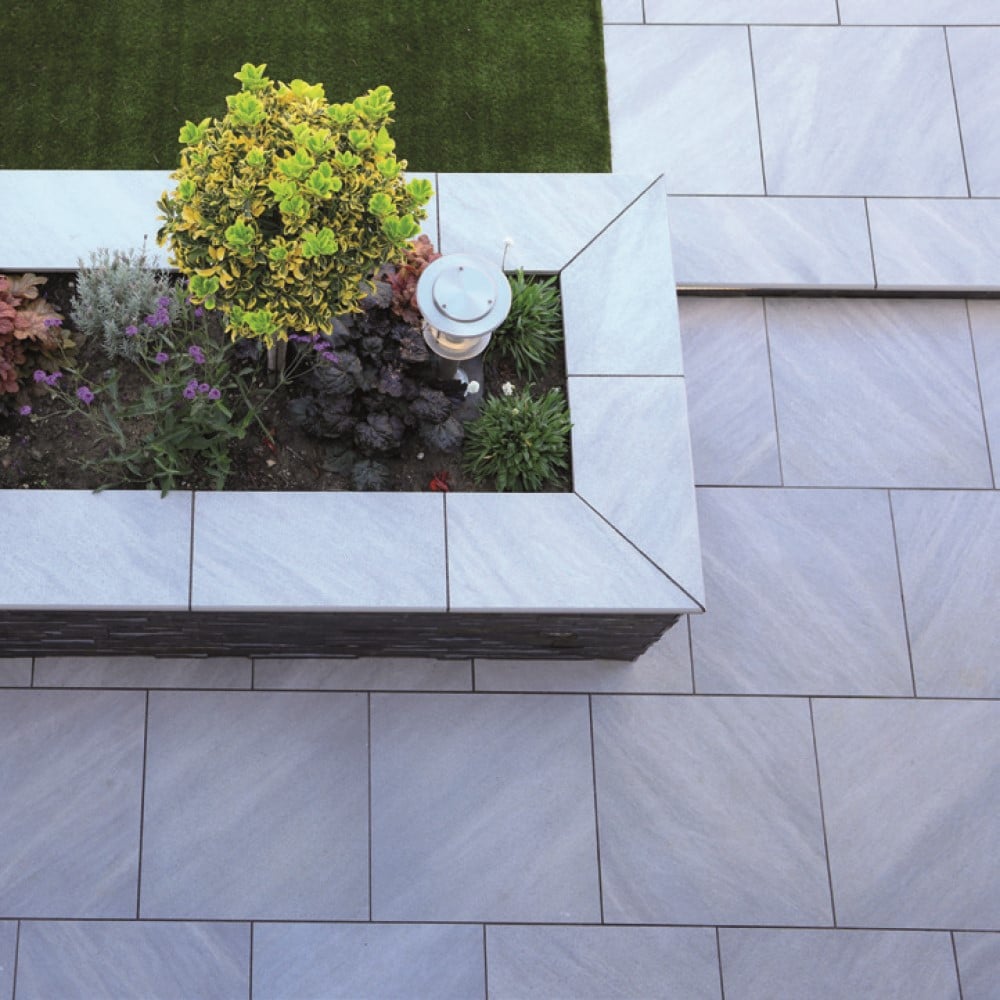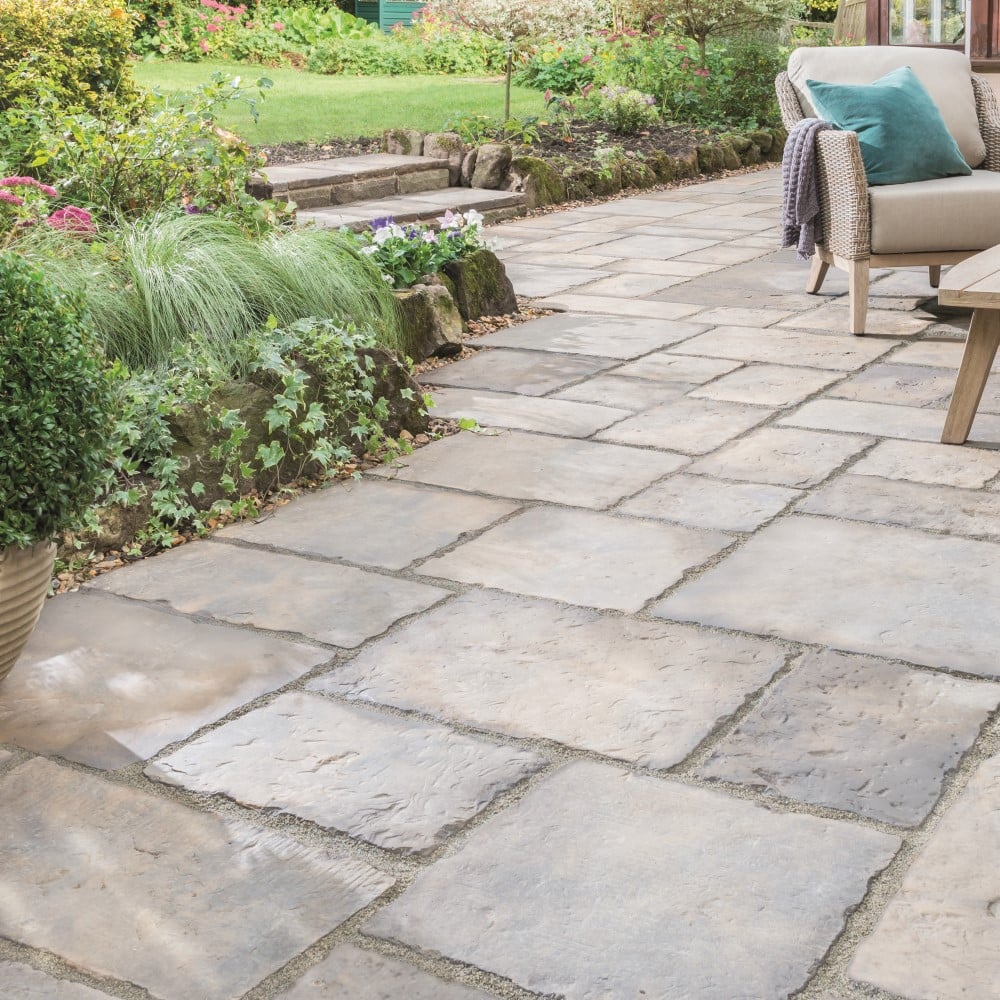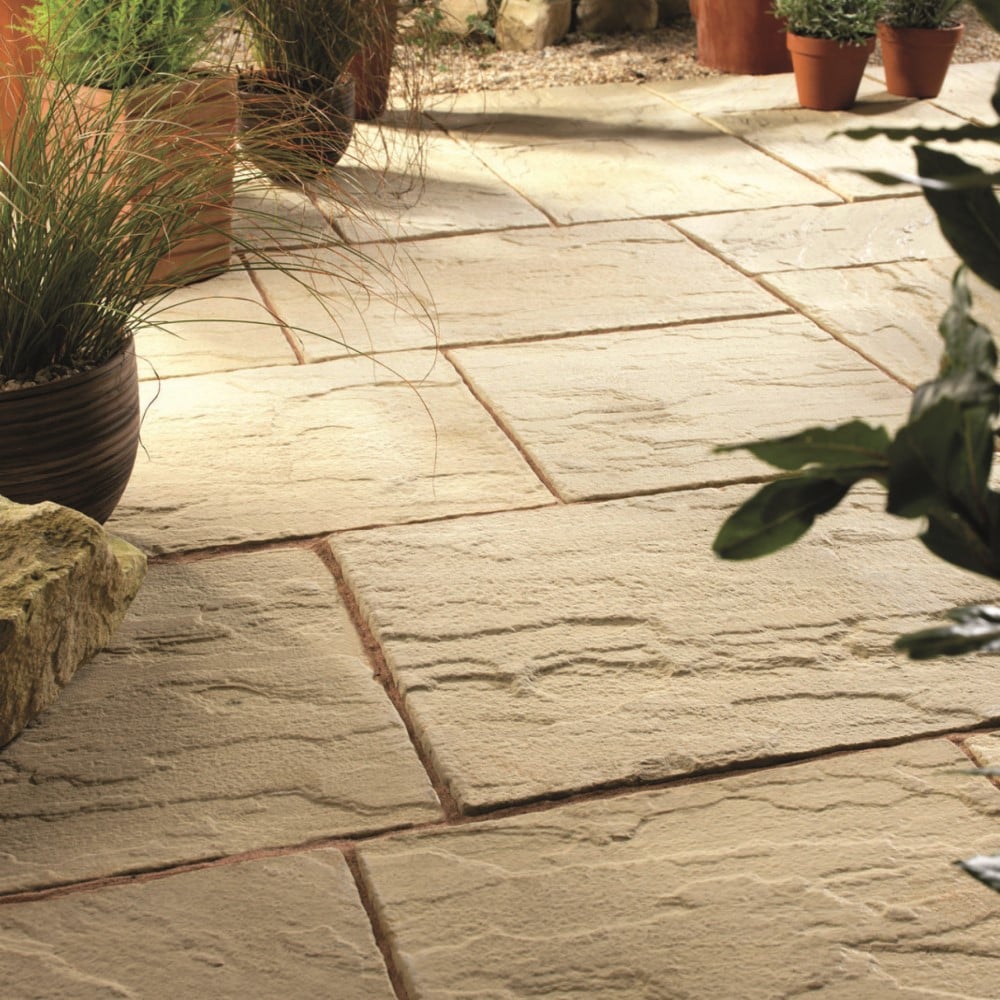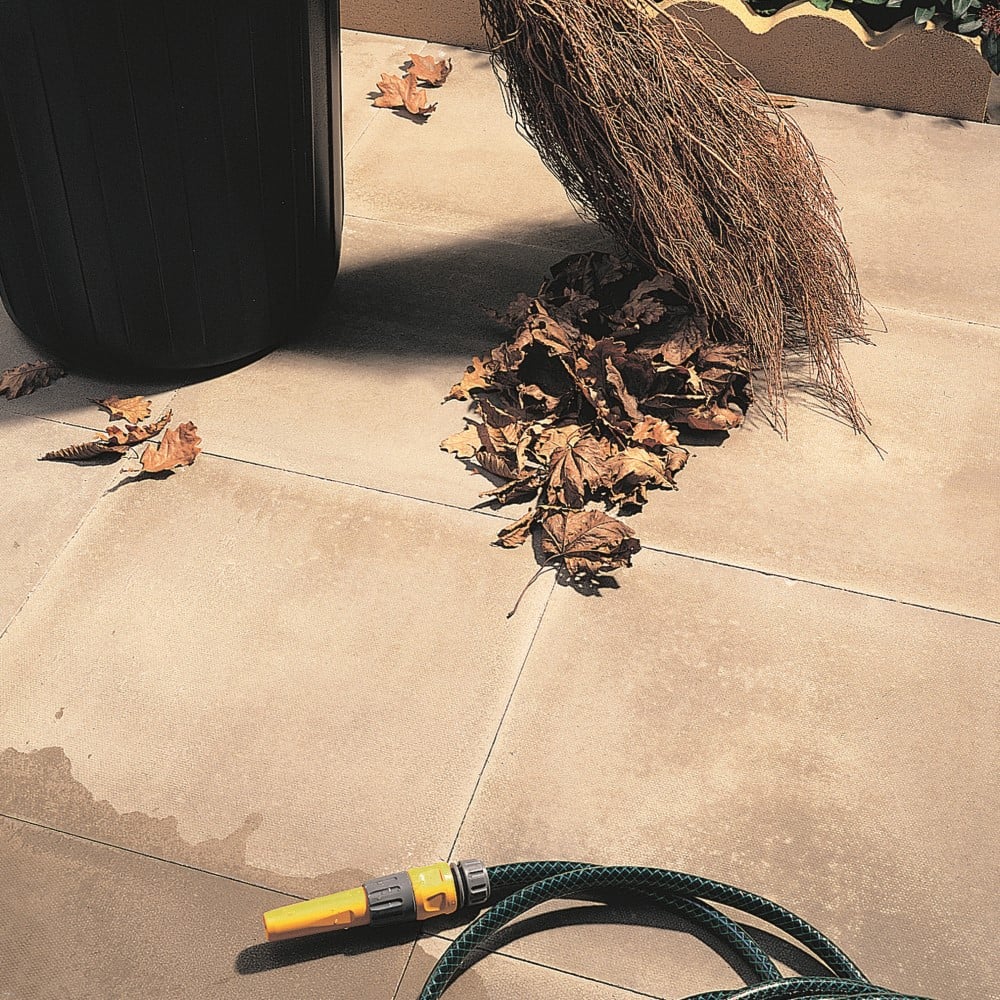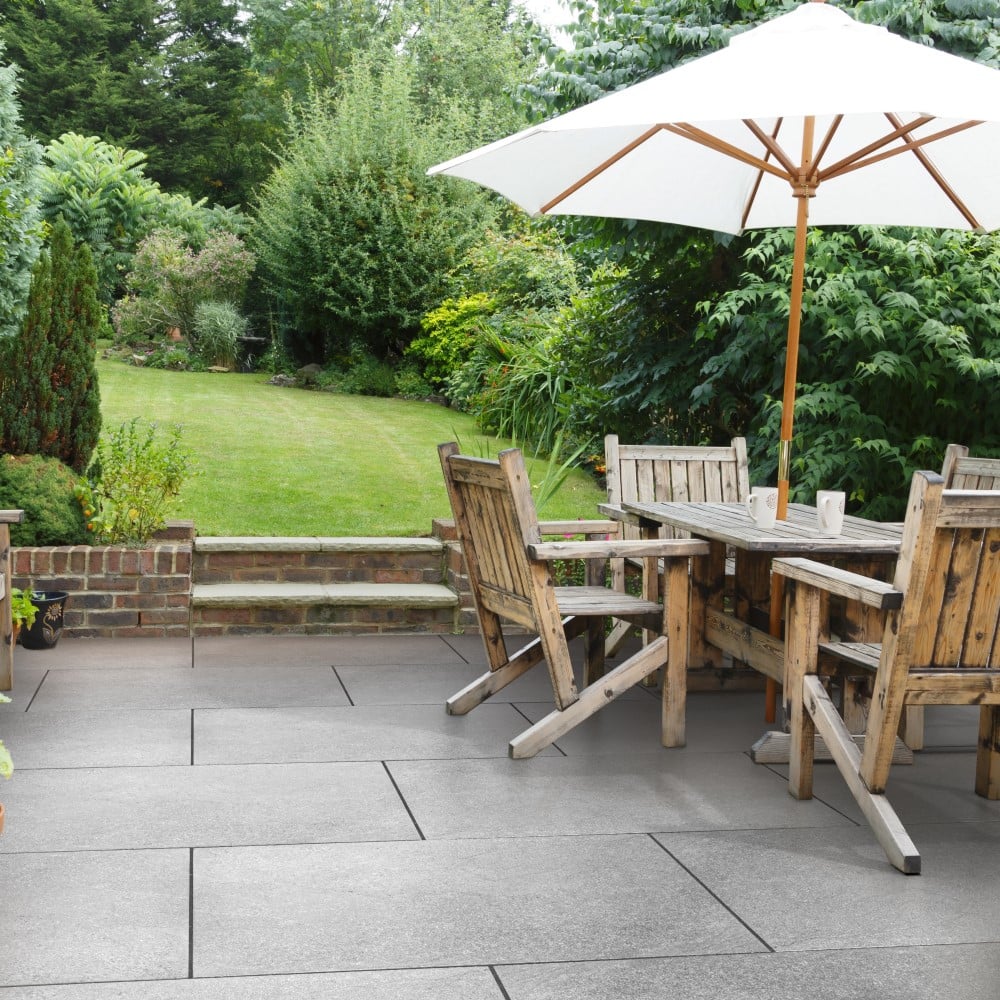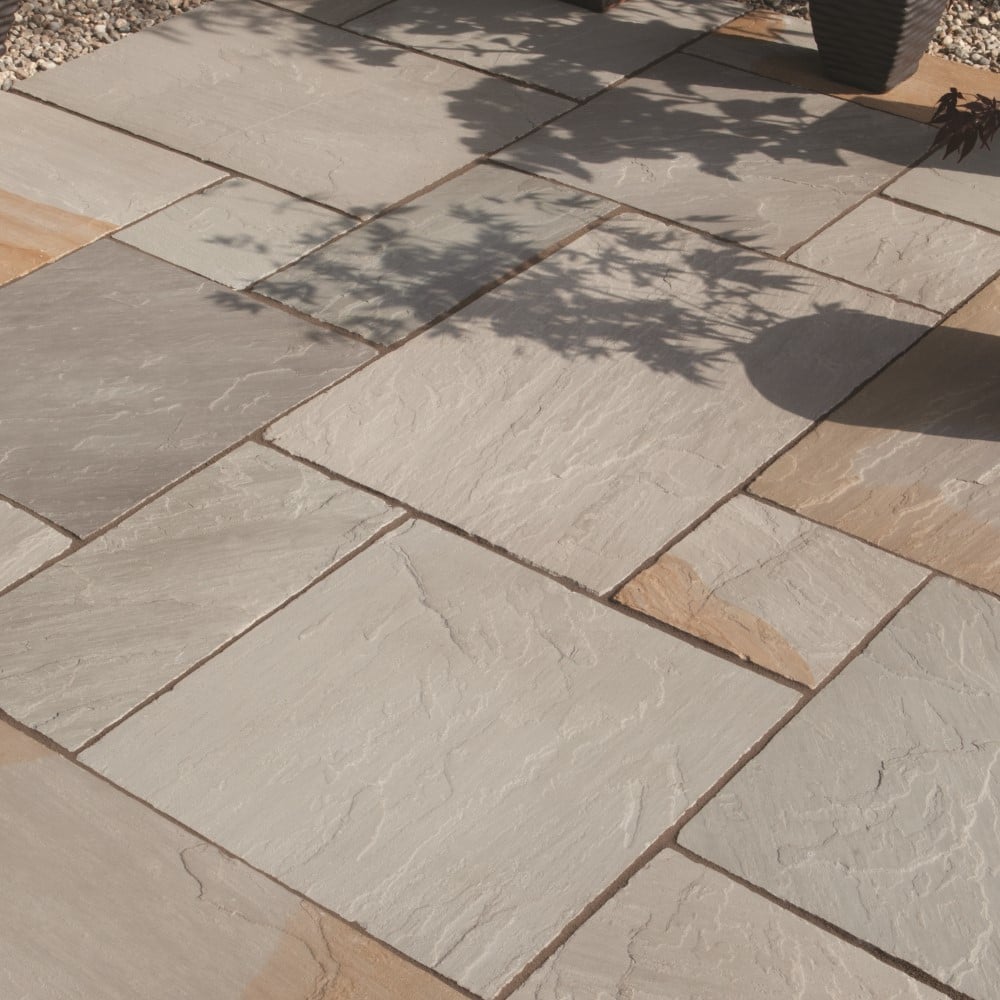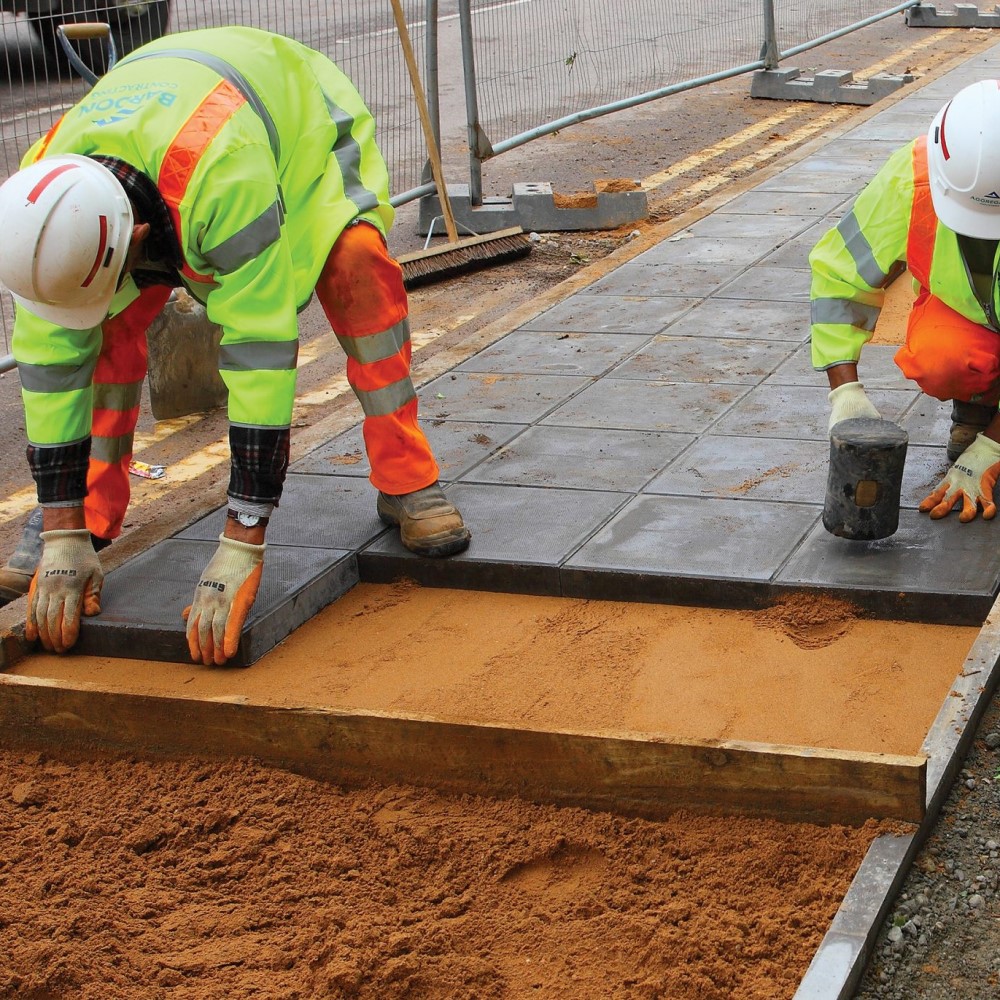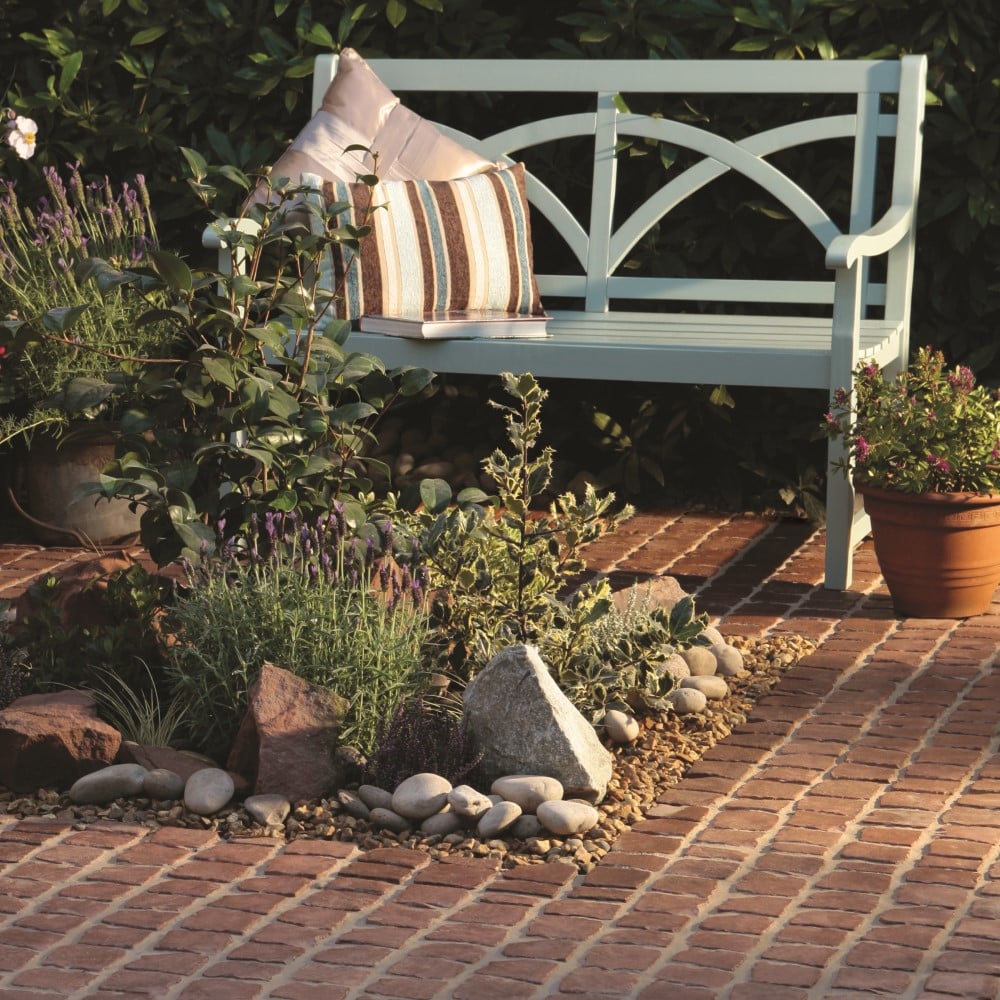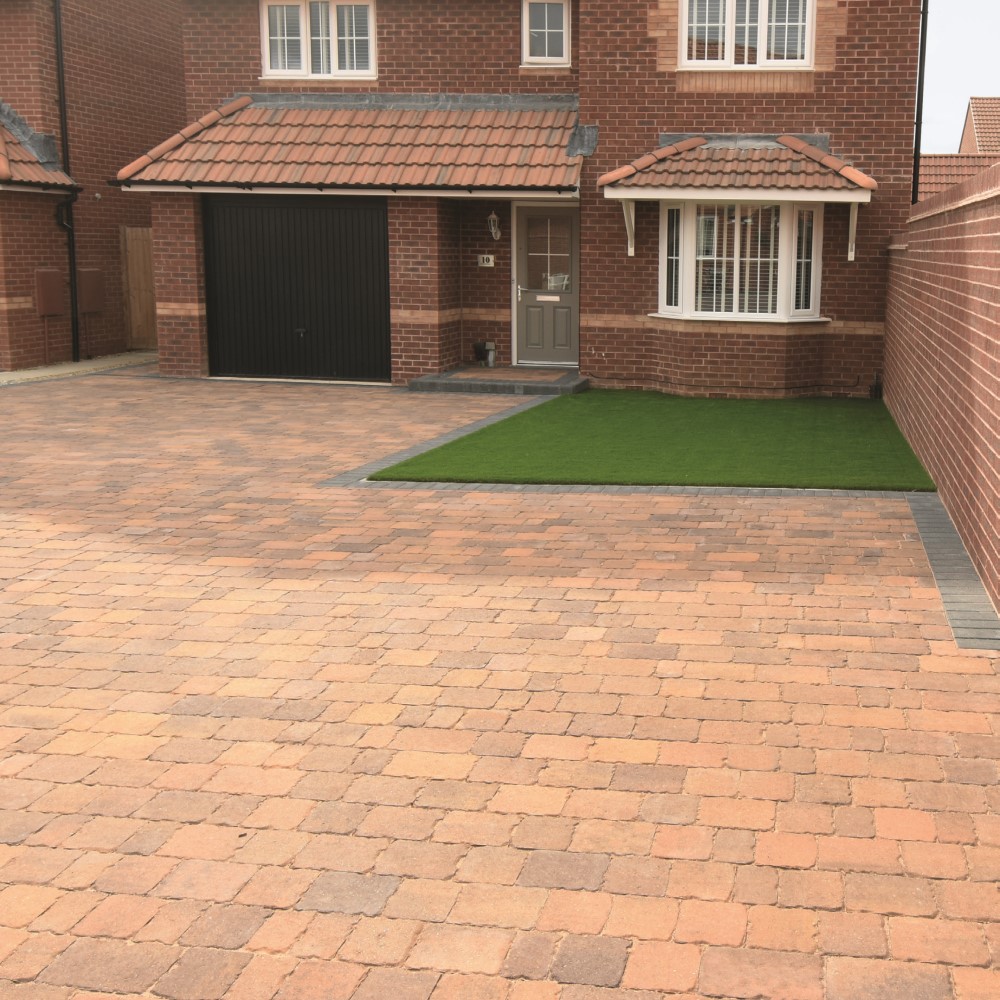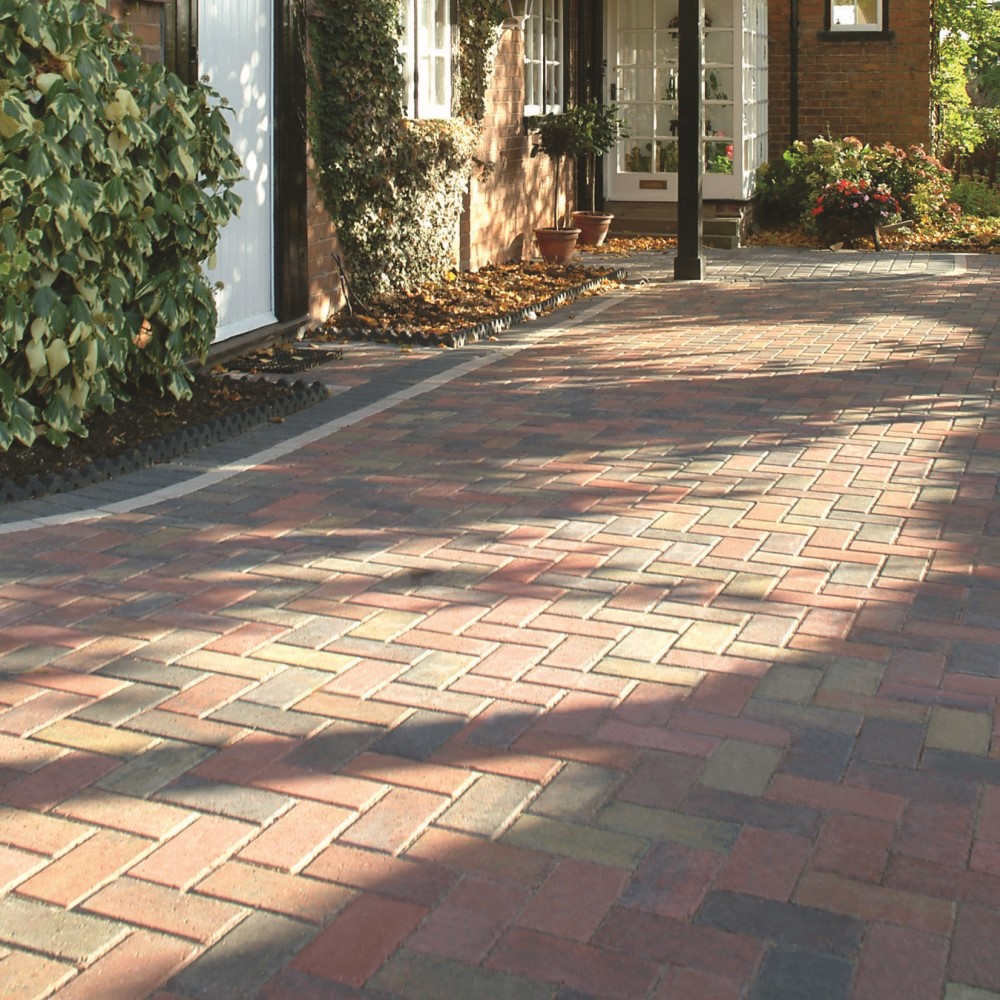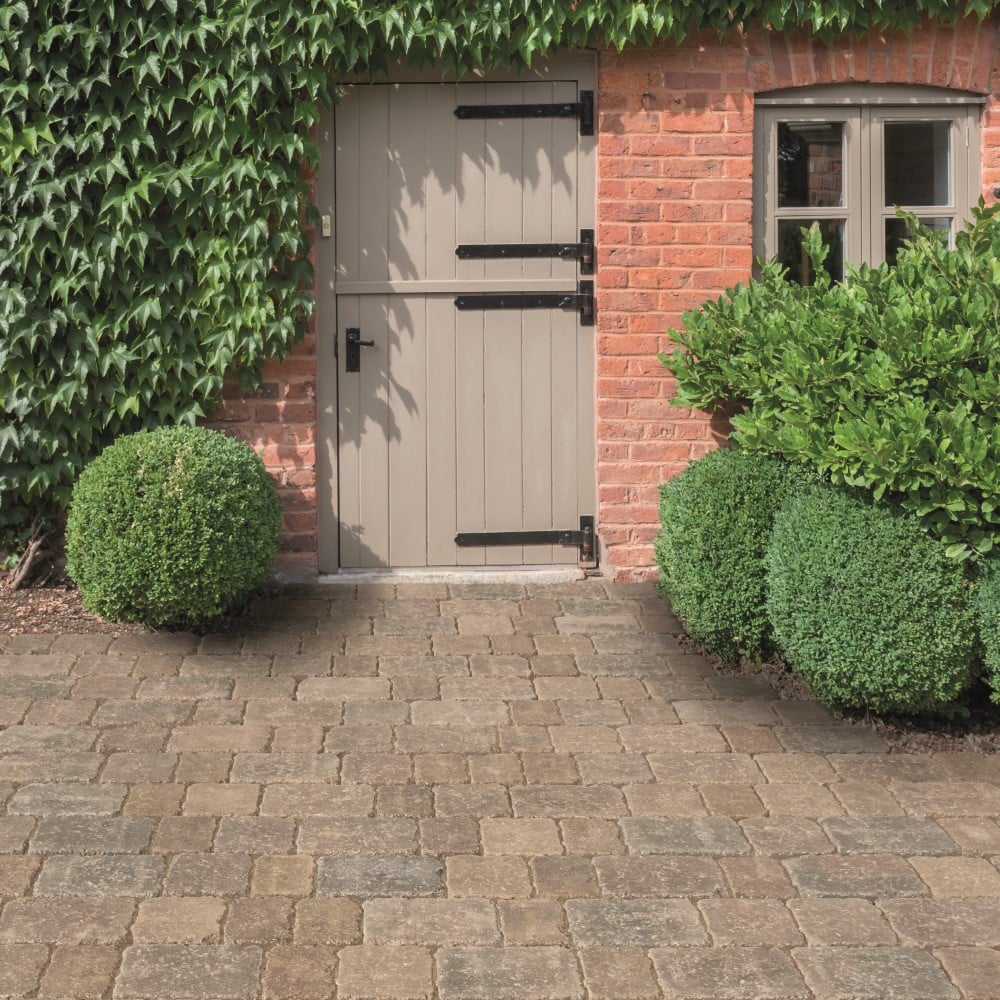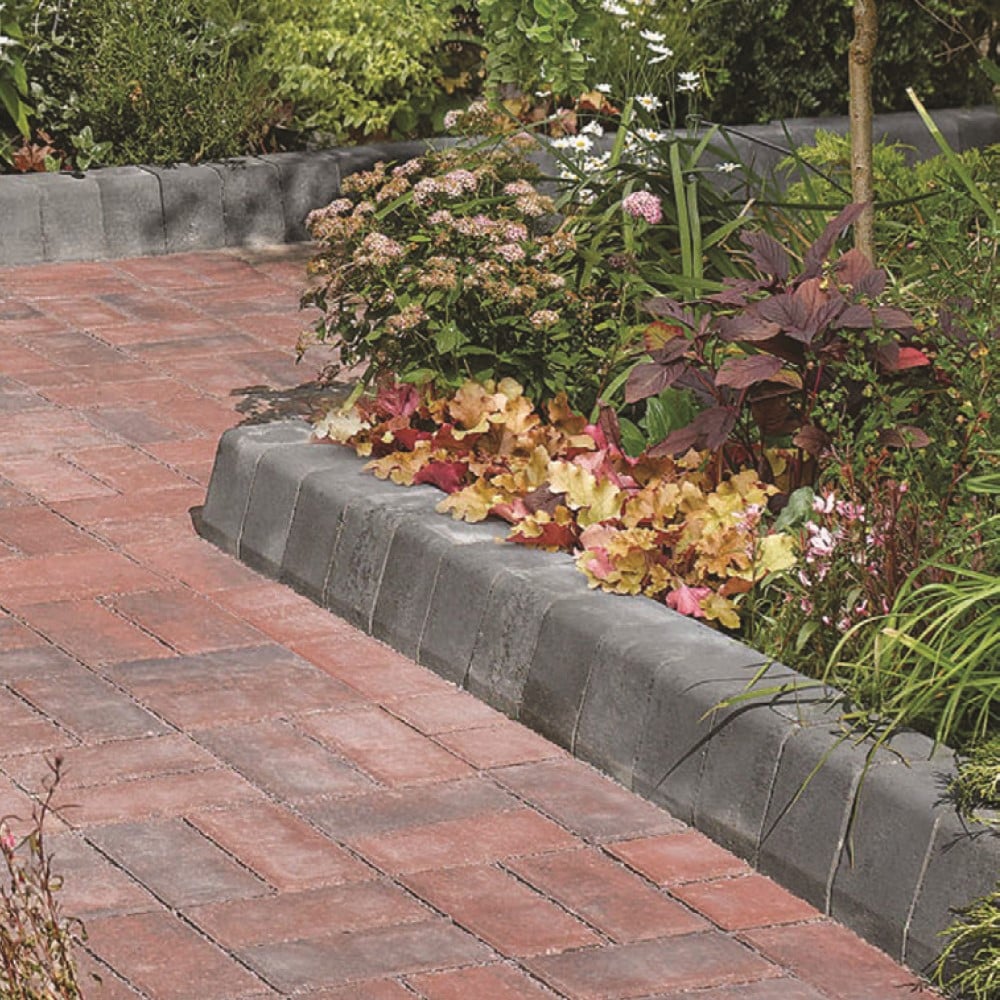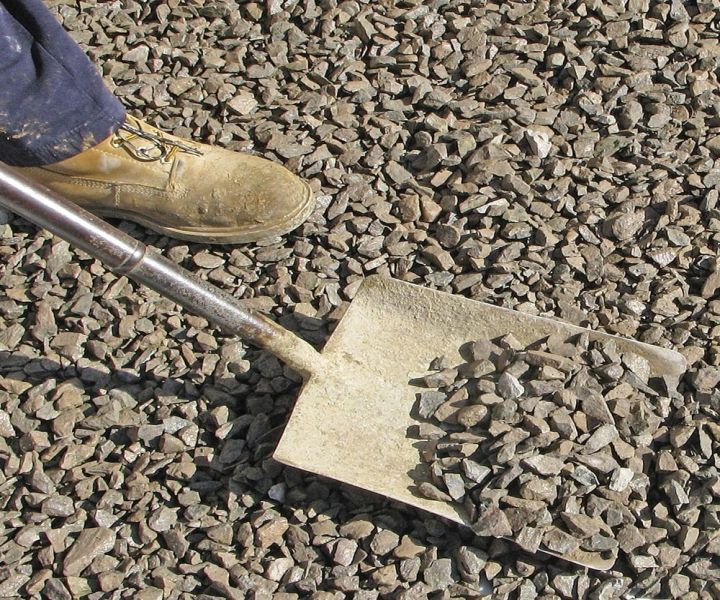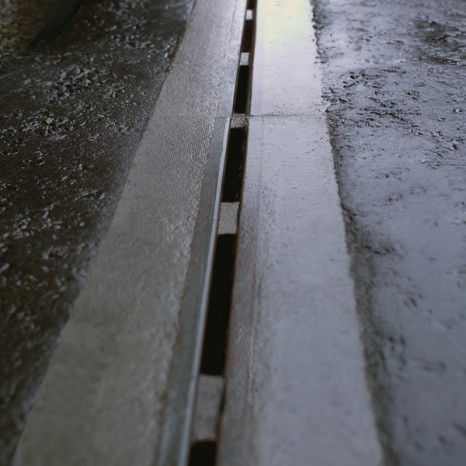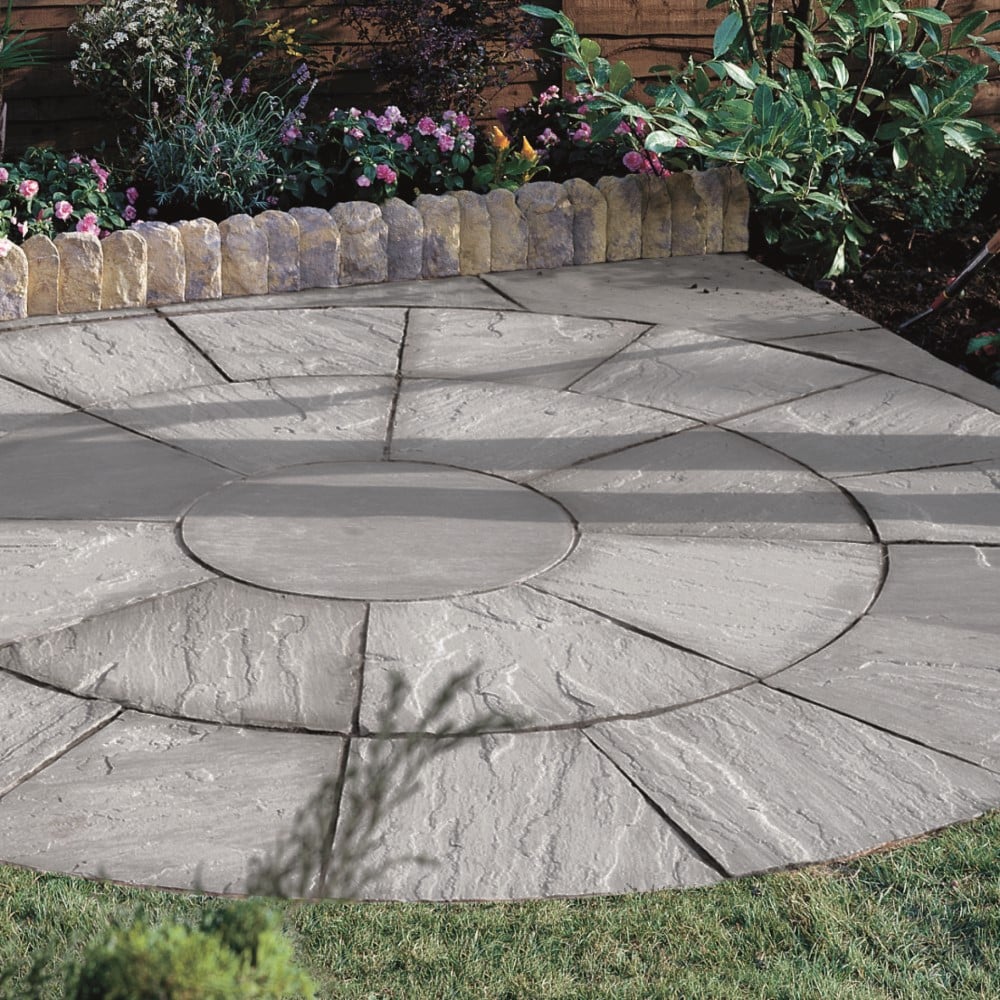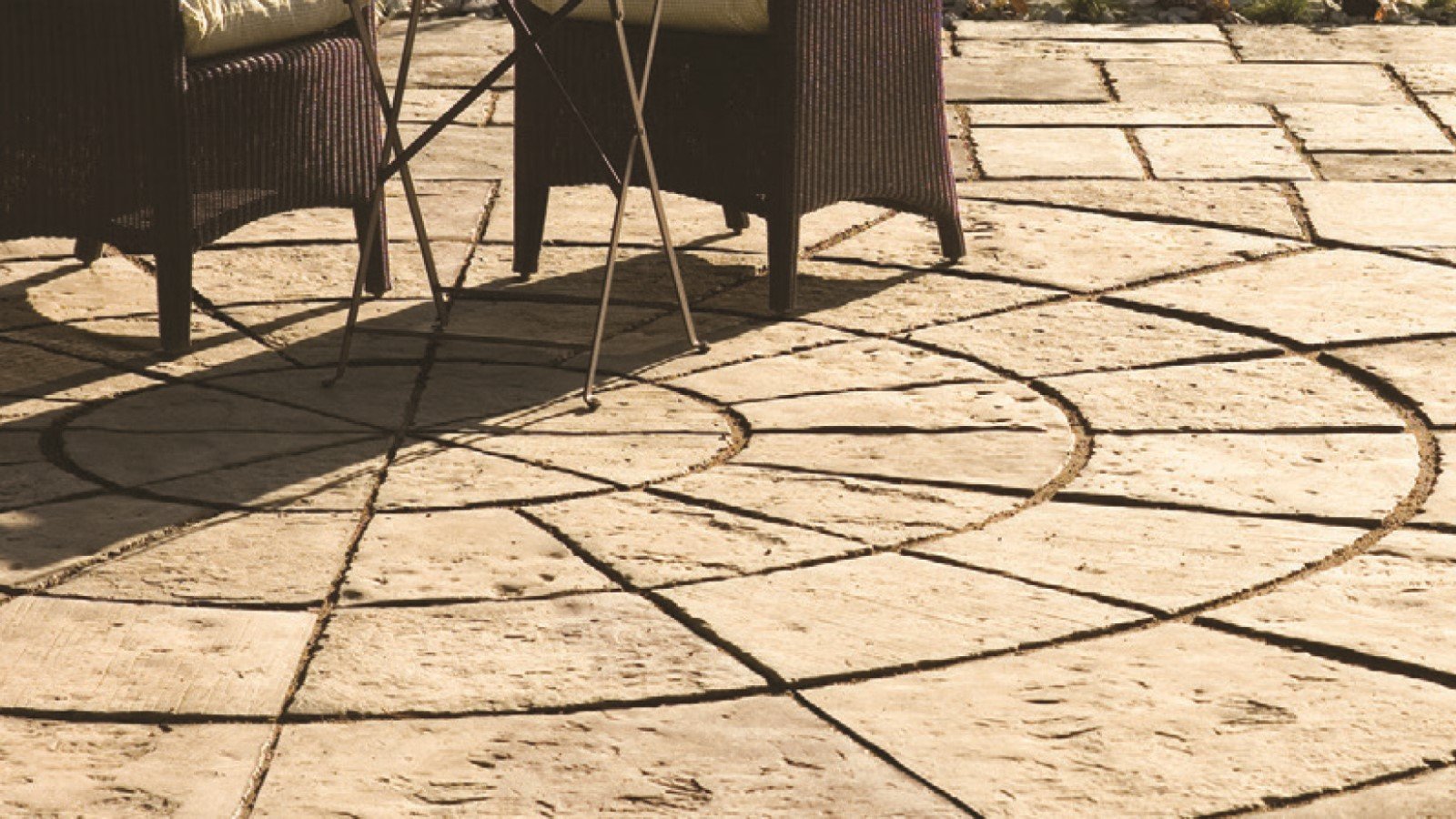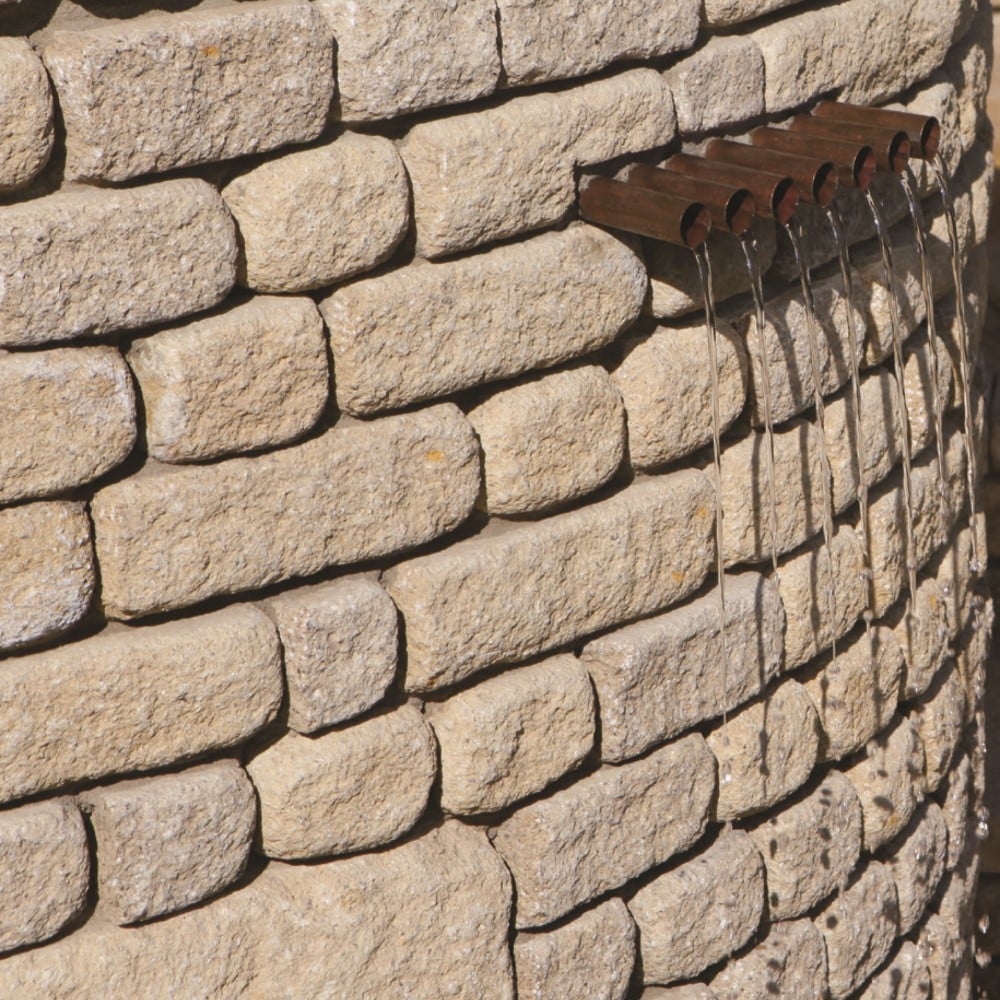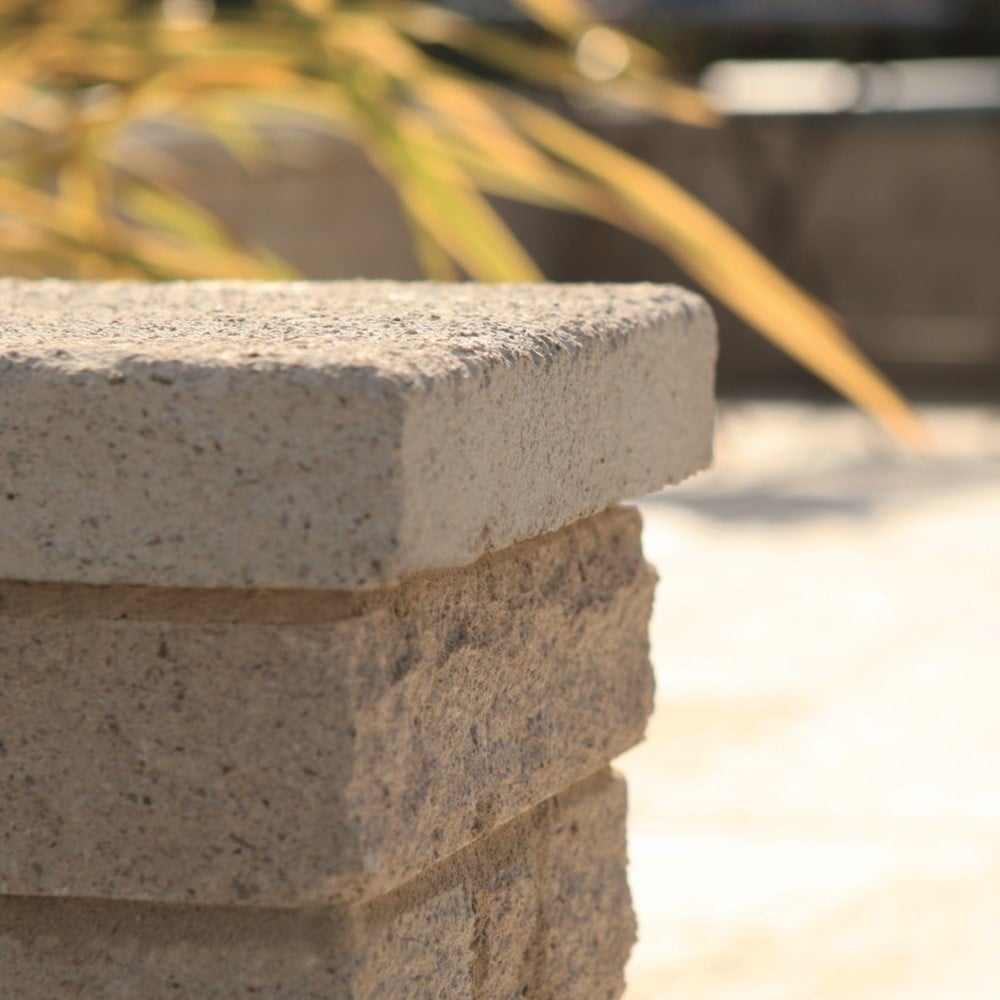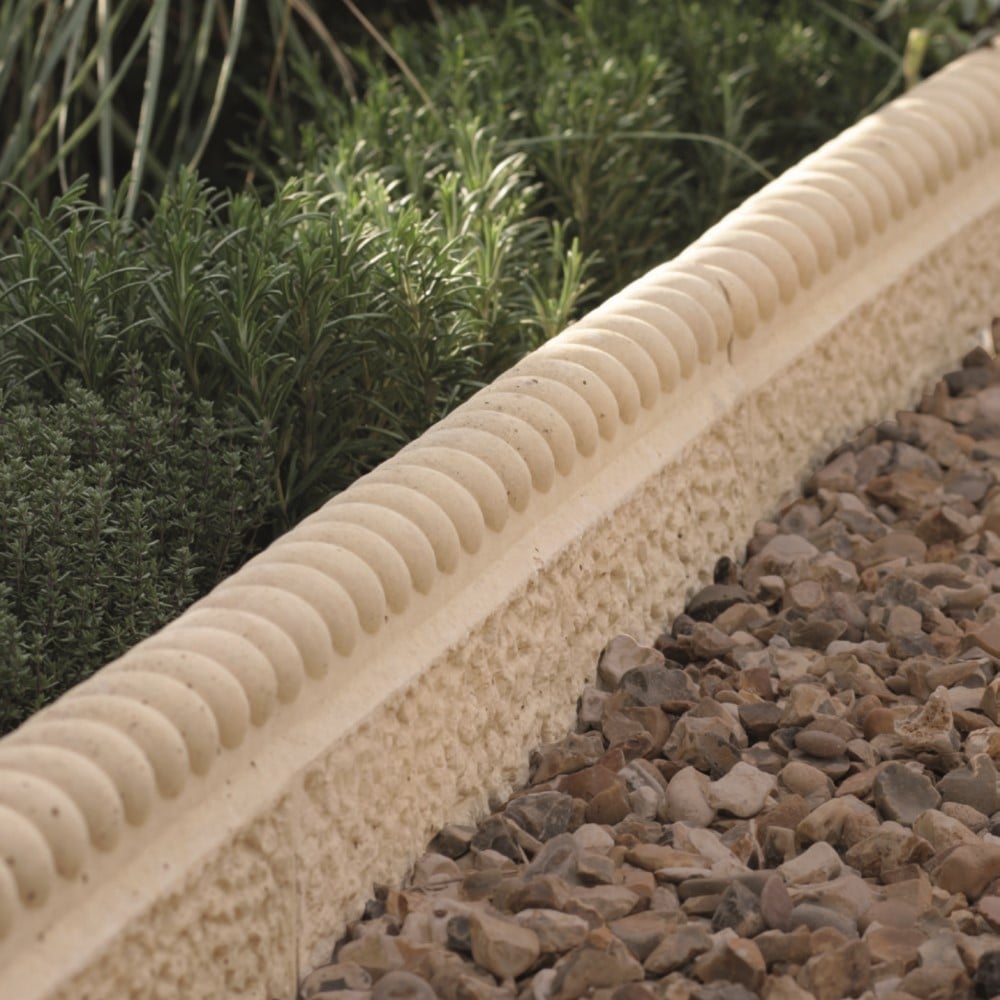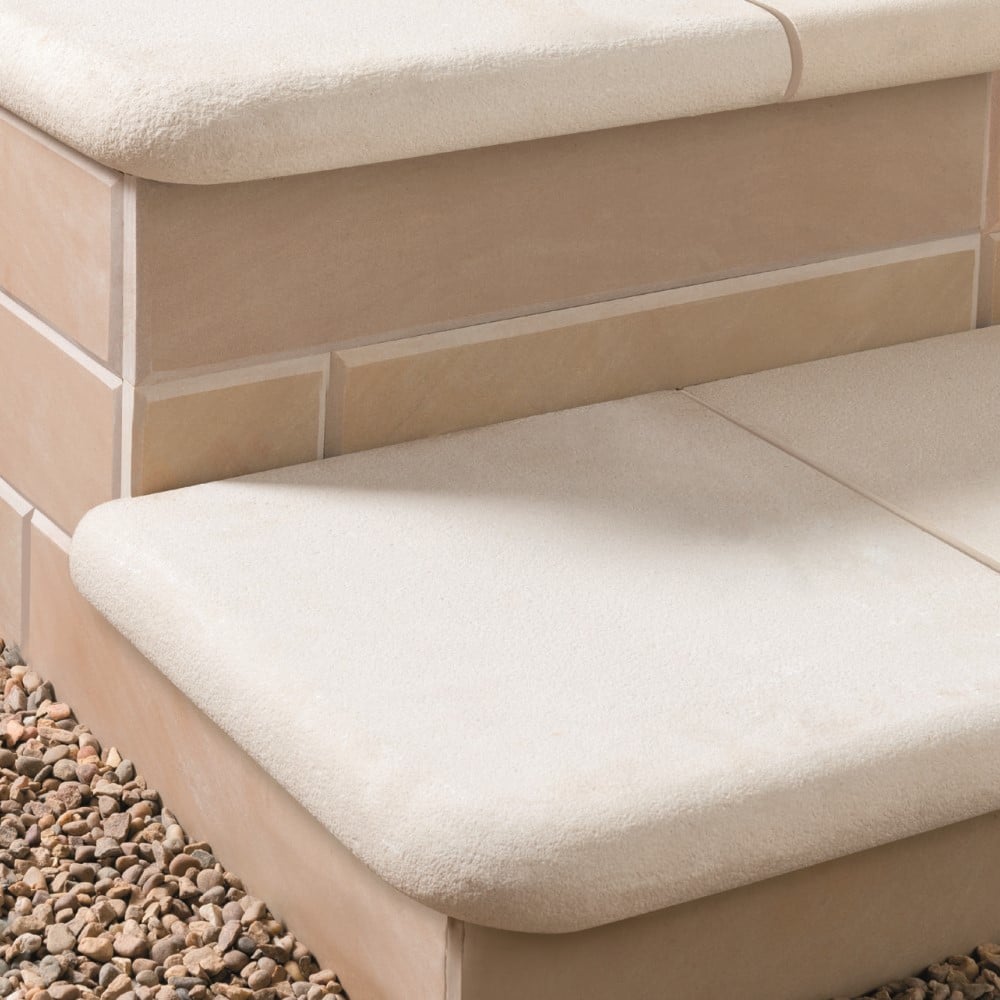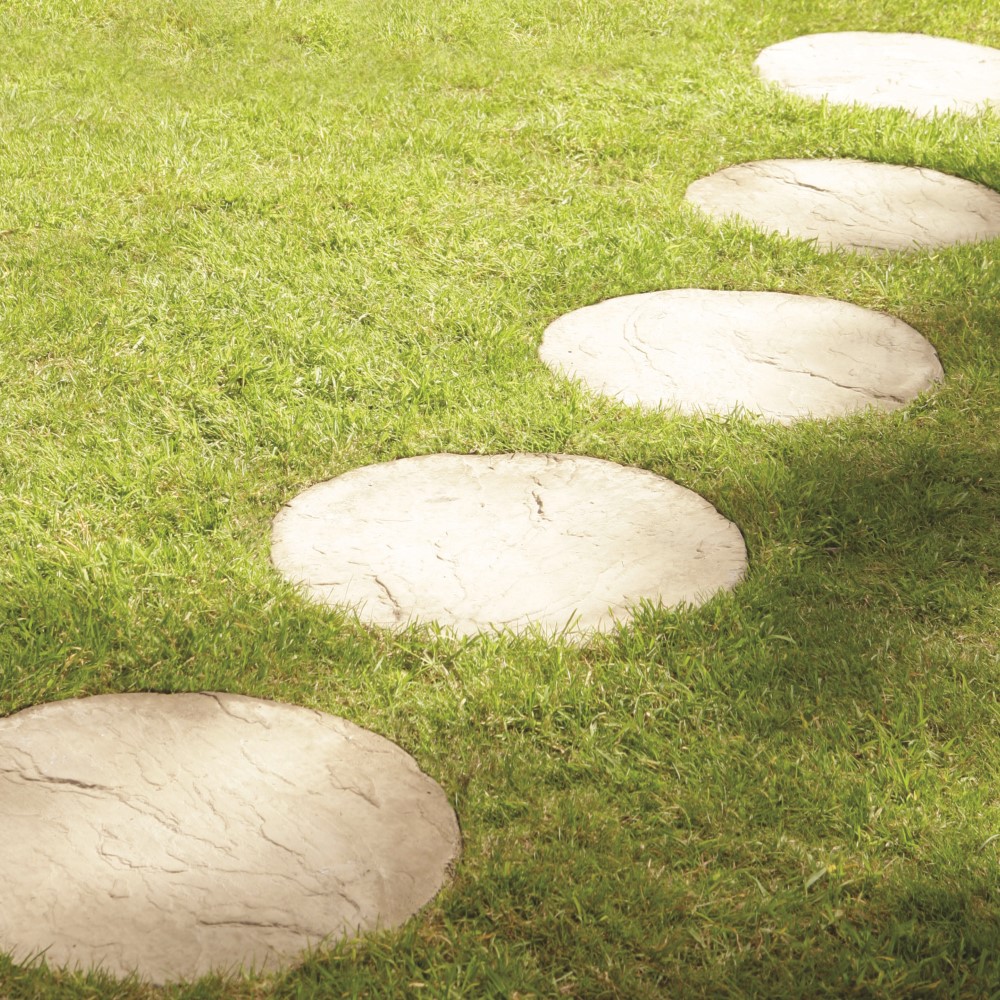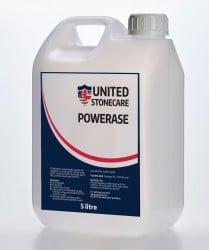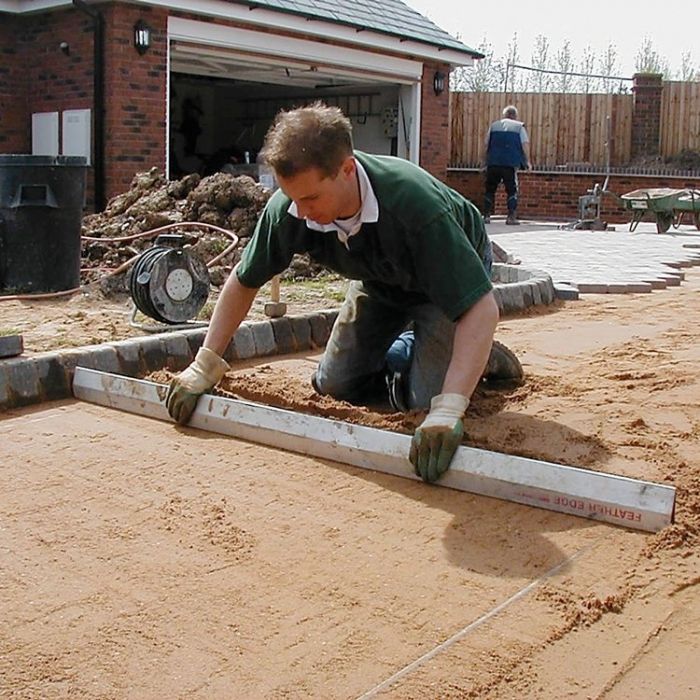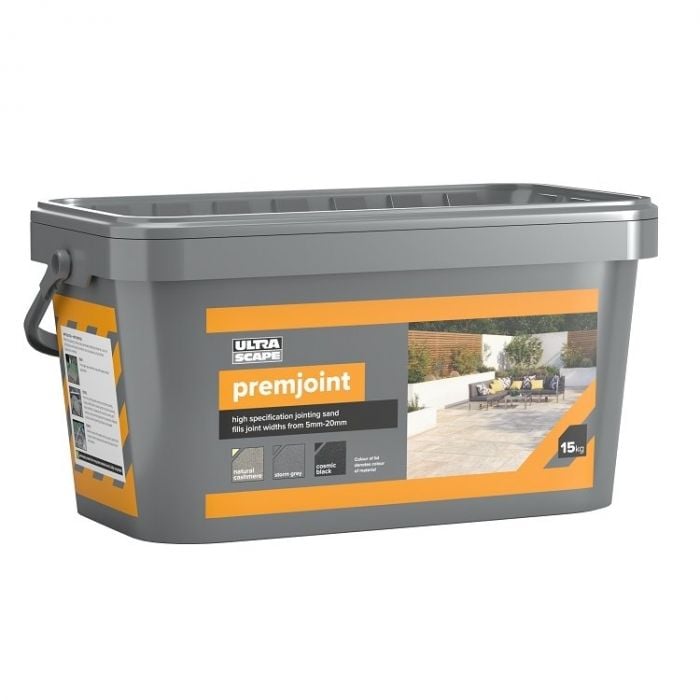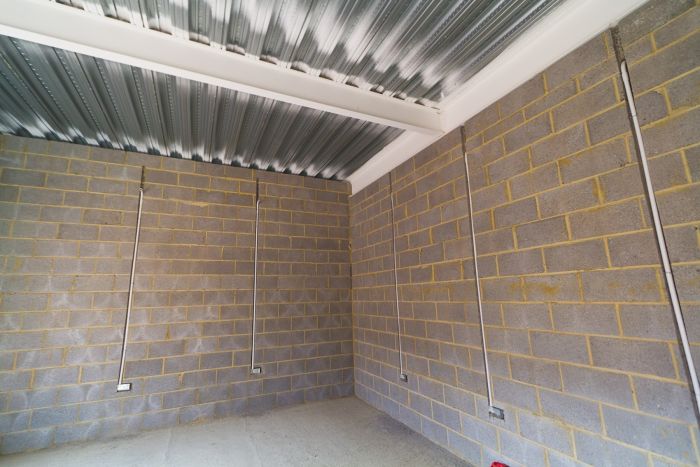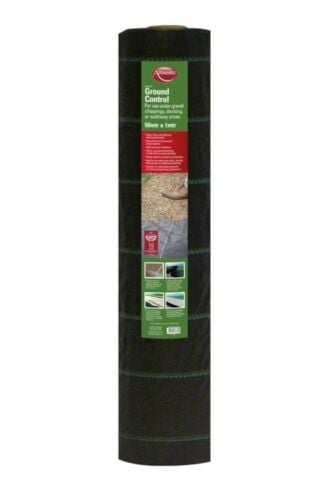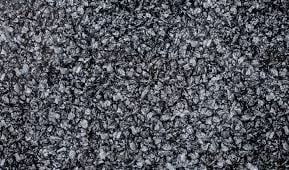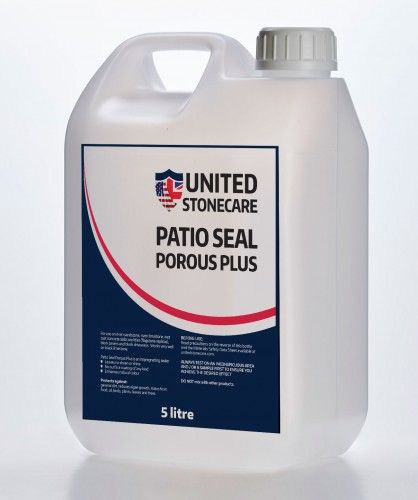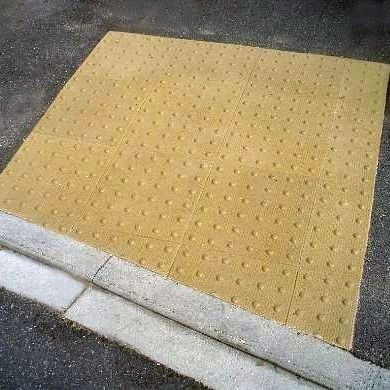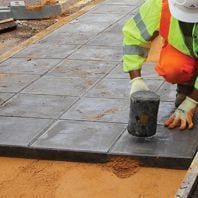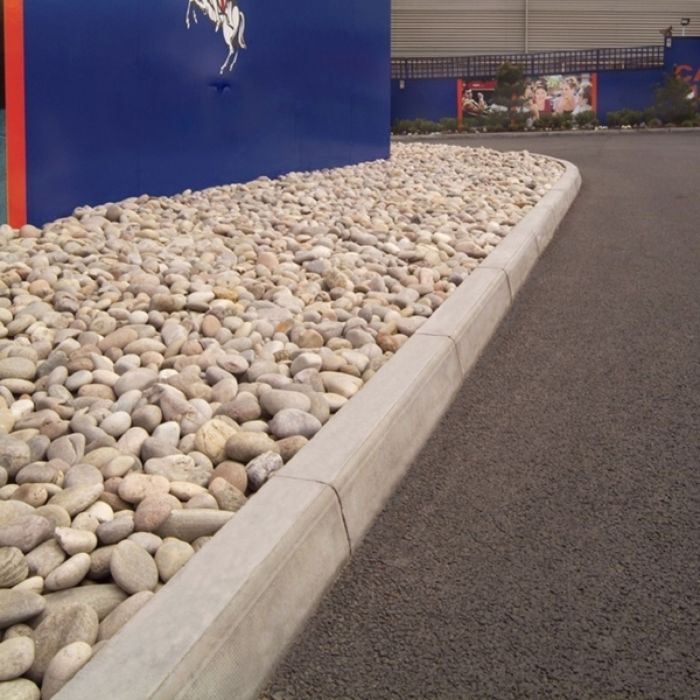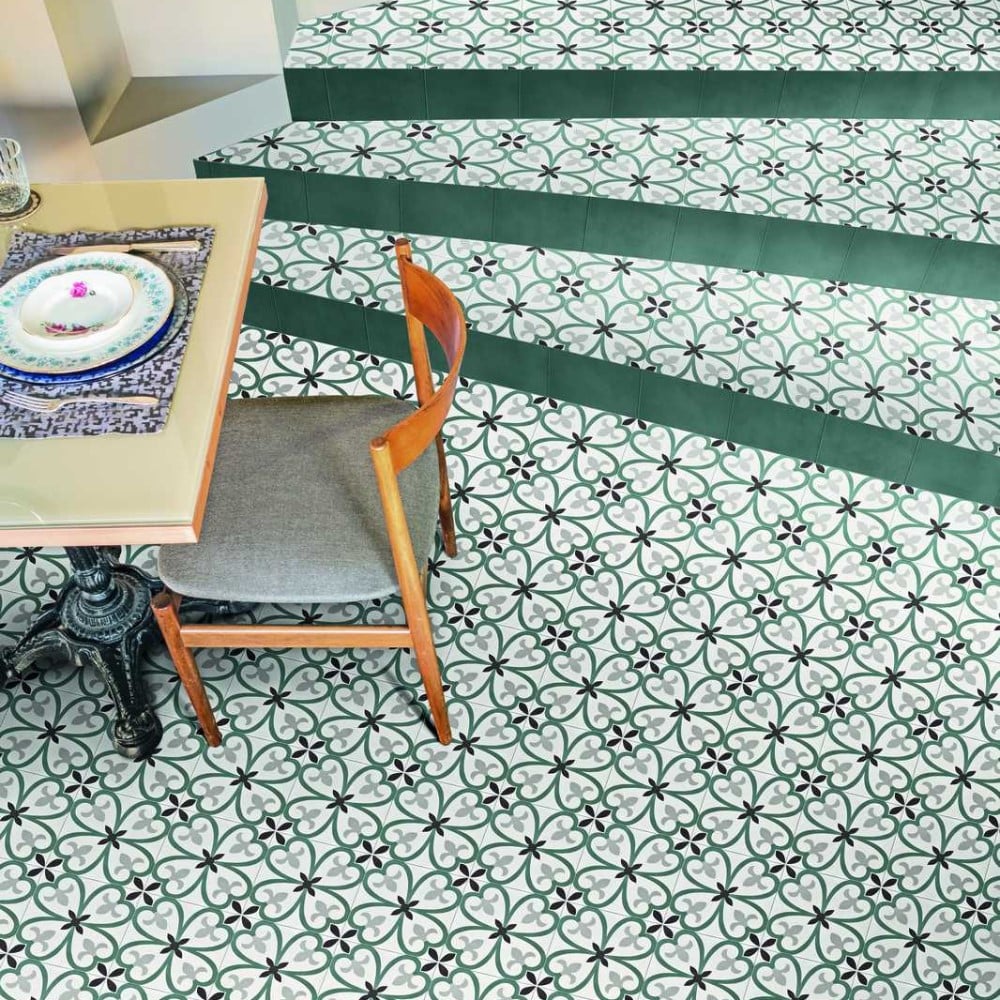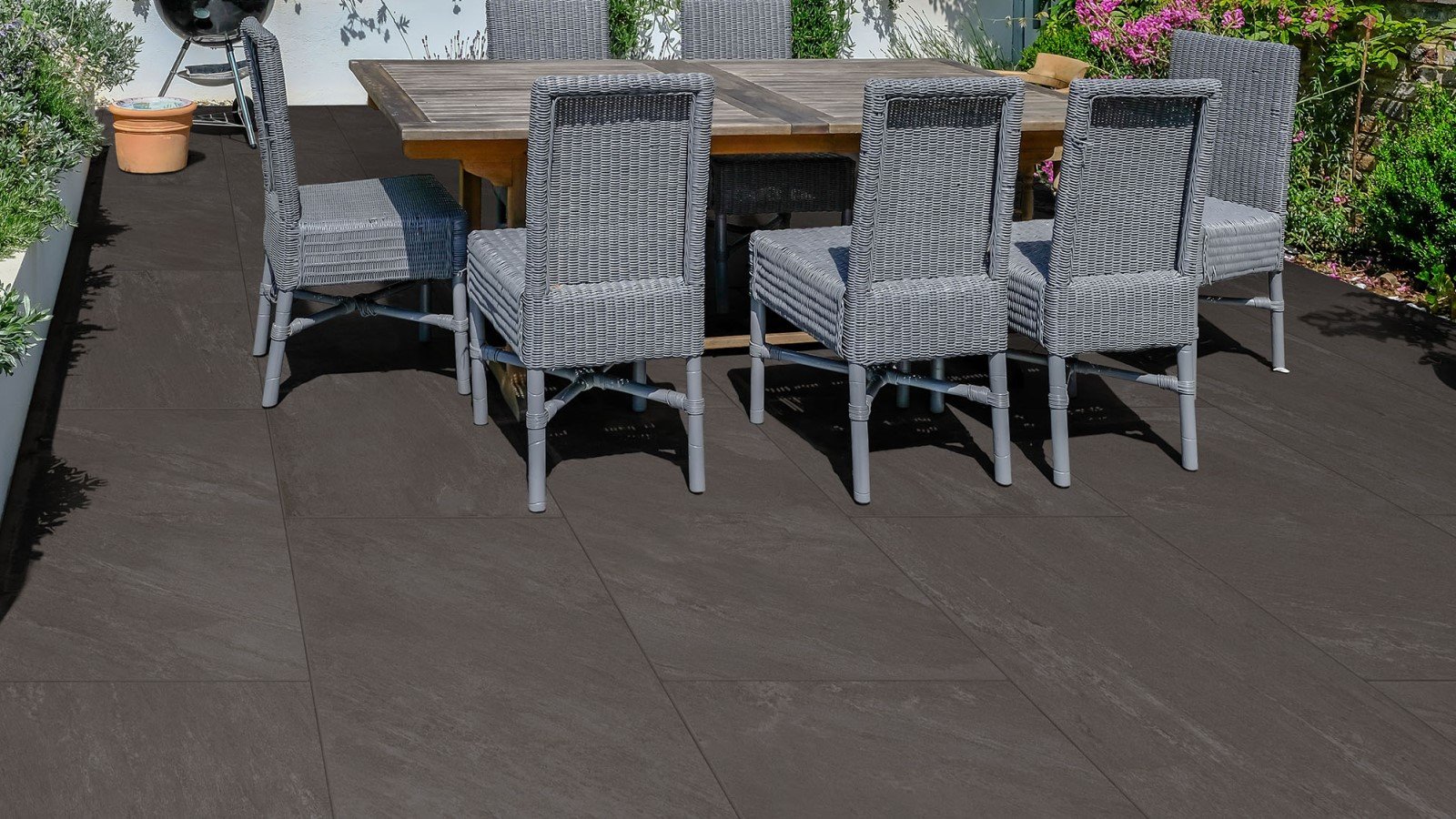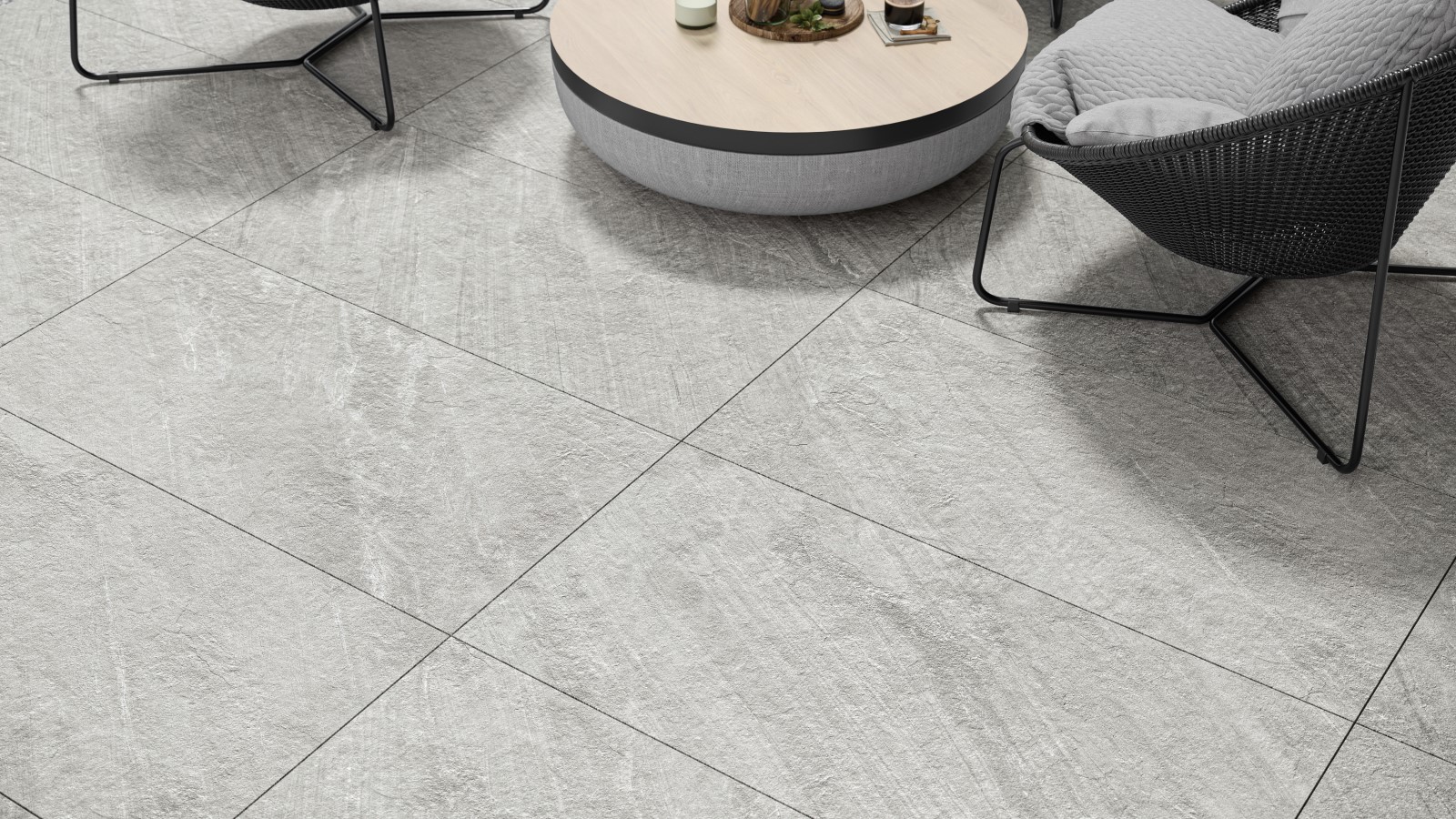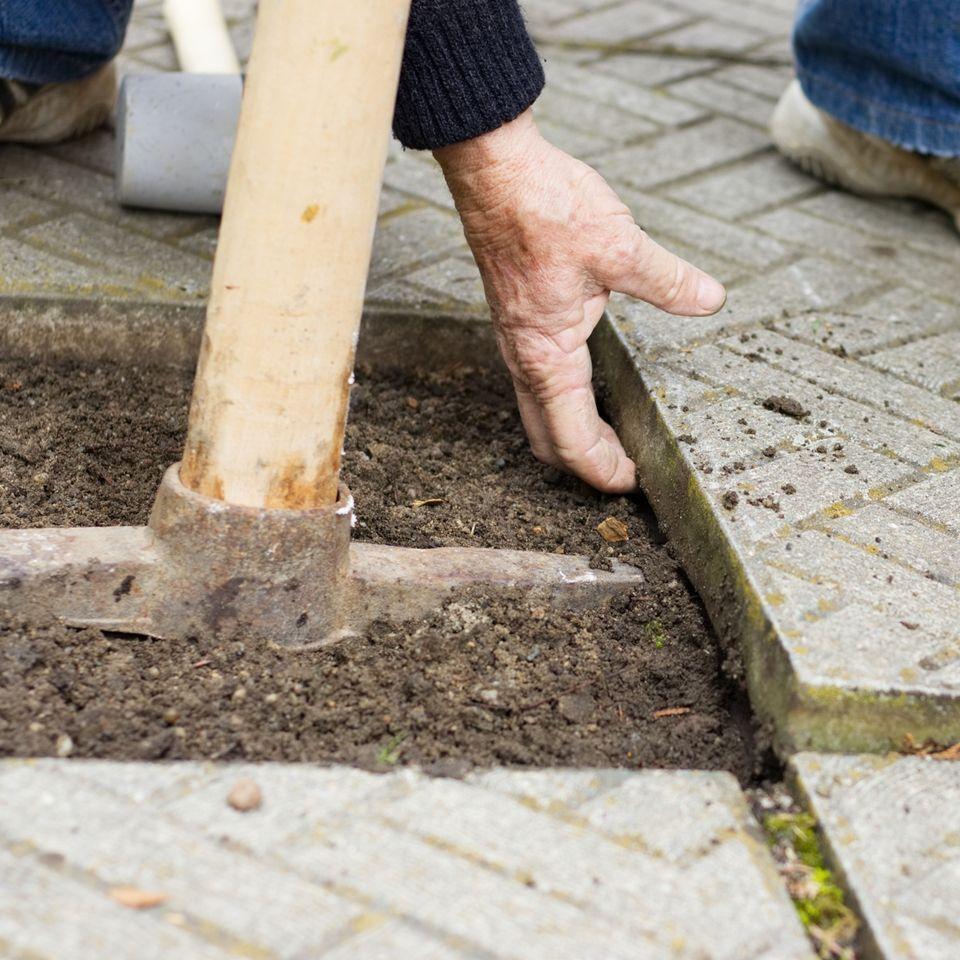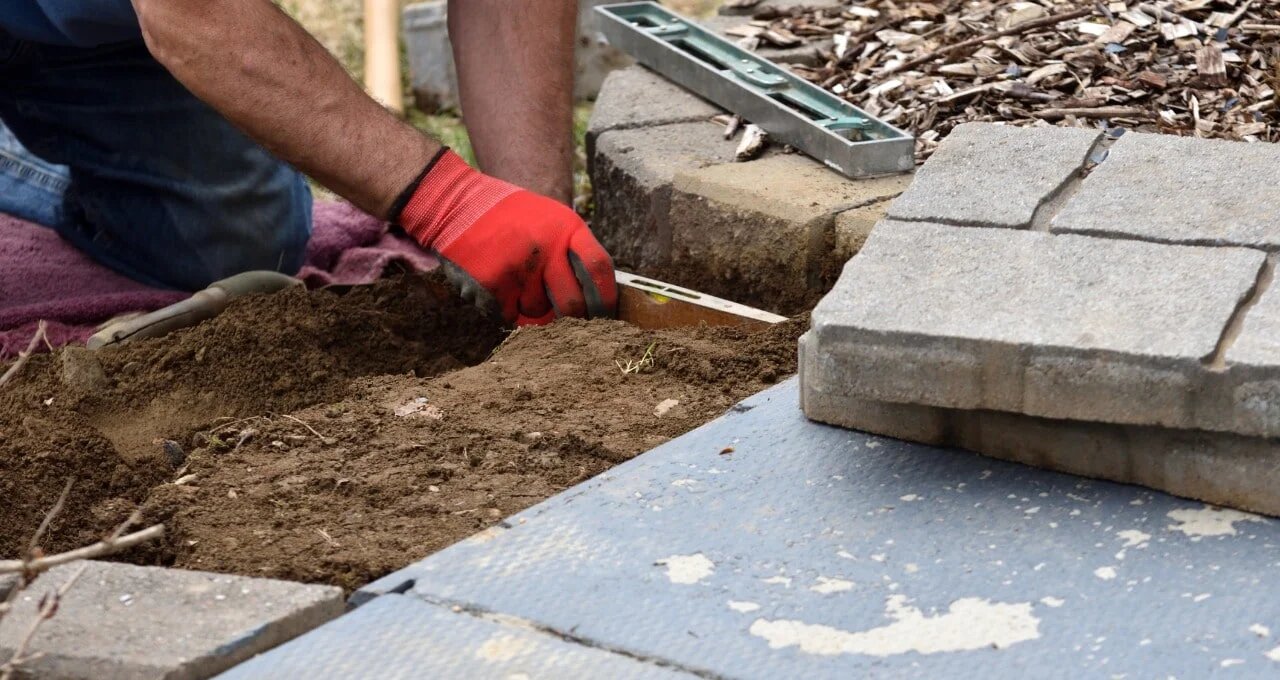
At first, they might seem like an unassuming wrinkle on your otherwise pristine patio. But let time take its course and those wobbly paving slabs could ruin the look of even the most glorious outdoor scenes.
So, what do you do? Luckily, the answer isn’t to rip everything up and start again. In fact, when you learn how to fix those few pesky pavers yourself, it couldn’t be easier to get your patio back to its best.
Why have my paving stones come loose?
Typically, there are three main reasons why you might end up with a wobbly patio.
The most common cause is that your pavers have been laid on an uneven aggregate bed. This greatly affects the structural integrity of your patio, making it more likely to break down underneath the surface.
Alternatively, your paver may have been disturbed before the mortar had time to set, or more sub-base should have been used before laying.
If this all sounds like a lot of work to remedy, the good news is that broken or loose slabs are far easier to fix than they seem. Just take a look at our simple, step-by-step guide to replacing loose pavers, below, for all the advice you need.
How to remove loose paving slabs
Even with the most precarious pavers, it’s rare that a loose paving slab can be lifted straight out by hand. Most of the time, you need a hammer and chisel to prise the paver free of your patio.
To make sure you don’t damage your flagstones, read our method for removing paving slabs, below.
What you need to remove loose paving slabs:
- A plugging chisel
- A rubber mallet
- A spade
- A short piece of timber (at least 12”)
- A cylindrical piece of wood (must be longer than the paving slab)
How to remove loose paving slabs yourself:
- Carefully chip away at the mortar around the paving slab with the plugging chisel and rubber mallet until the slab comes completely loose.
- Then, slide the spade into the gap left by the mortar and prise the paver free of the patio. As you lift it up, place the piece of timber underneath the spade to act as a lever, making it easier for you while protecting the slab underneath.
- When the paver starts to give, place the cylindrical wood underneath it and roll the slab out of the patio.
How to create a new bed for your pavers

With the paving slab up and out of the way, it’s time to chip away and replace the remnants of any old mortar on the bed. This will help ensure that any recurring problems with loose paving slabs won’t crop up again.
See below for guidance on how to substitute old mortar for a new mix.
What you need to create a new bed for paving slabs:
- A plugging chisel
- A rubber mallet
- Sharp sand
- Cement
- A plastic bucket or wheelbarrow (depending on how much mortar you need to make)
- An electric drill with a paddle mixer attachment
A large trowel
How to create a new bed for paving slabs yourself:
- Being careful not to damage the aggregate beneath, use the plugging chisel and rubber mallet to remove any old mortar from the bed.
- Then, ‘ripple’ the aggregate layer with the edge of your chisel so there are small peaks and troughs – this rough surface helps the mortar adhere better.
- Now it’s time to mix the new mortar. Scoop four shovels of sharp sand and one shovel of cement into the bucket or wheelbarrow. You can then mix the materials together with the paddle mixer attachment of your electric drill - for more details instructions on mixing mortar, read our in-depth guide.
- Use a trowel to apply a layer of mortar onto the aggregate. Enough mortar is needed to create a solid bond with the paver - but don’t use so much that it is uneven with the rest of your patio.
How to relay your paving slabs
The bed has been made and all that’s left to do is to put the pavers into the gap. However, there is more to it than just slotting your slabs into place.
Read our step-by-step instruction, below, to finish the job the right way.
What you need to relay paving slabs:
- Four small pieces of wood
- Sharp sand
- Cement
- A plastic bucket
- A spade
- An electric drill with a mixing paddle attachment
- A pointing trowel
- A stiff-bristled brush (do not use a brush with metal bristles or wire wool as this might damage the paving slab)
How to relay paving slabs yourself:
- Firstly, carefully place the paving slab back in position.
- Then you want to put each small piece of wood into the gaps around the paving slab, ensuring that the spacing is even with the surrounding slabs.
- Wait 24 hours for the mortar beneath the slab to set – if it looks like it might rain, cover the slab with a plastic sheet or bin bag.
- Mix pointing mortar from three spades of sharp sand and one spade of cement in a plastic bucket using an electric drill with a mixing paddle.
- Remove the pieces of wood and, using a pointing trowel, put the mortar mix into the gaps until they are full. Try not to overfill if possible.
- Once you have filled all the gaps use a stiff-bristled brush to remove any excess mortar from around the paving slab. You can also use a wet sponge to make the mortar easier to work with if you are finding it hard to remove.
Now you know how to fix loose paving slabs, you will want to find high quality, durable paving stones for a professional finish. For info about which pavers are best for your project, call us between 8am and 8pm on 0800 032 6306 or start a live chat with us.

